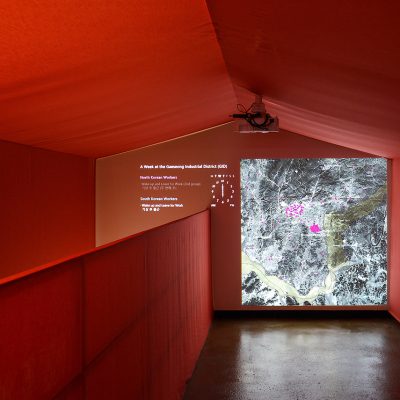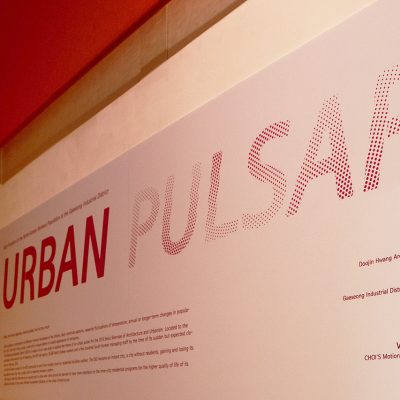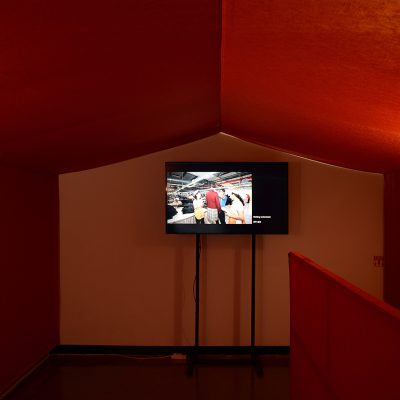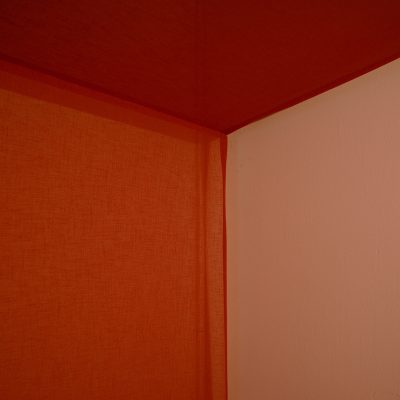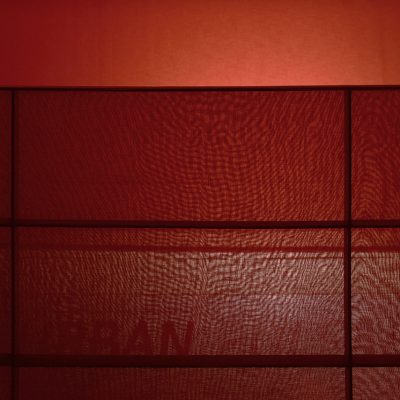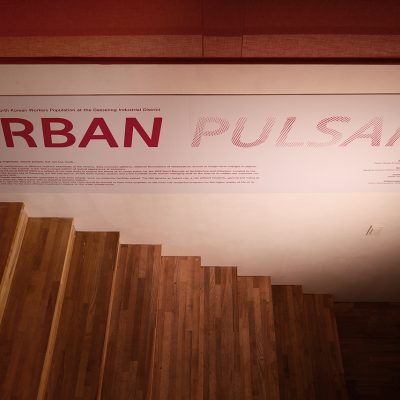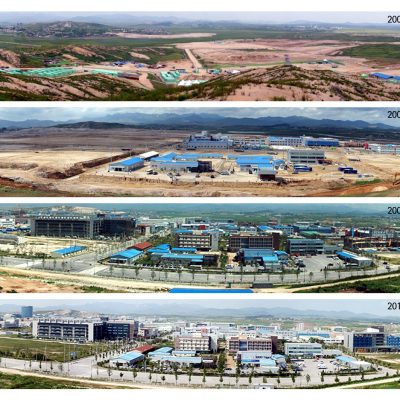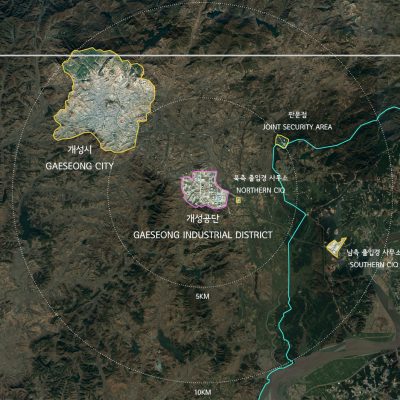도시 펄사
도시는 시민의 심장 박동, 통근 패턴, 계절별 기온 변동, 연간 또는 장기간의 인구 변동 등 다양한 리듬의 조합으로 고동친다. 도시는 저마다 독특한 방출 패턴을 갖는 펄사(pulsar)와도 같다.
2019년 서울도시건축비엔날레를 위한 우리의 주제인 도시 펄사(Urban Pulsar)의 사례는 개성공업지구(GID)다. 고도 개성의 남동쪽에 위치한 개성공업지구(GID)는 2016년 2월 갑작스럽지만 예측되었던 폐쇄의 시점까지 5만 5천명의 북측 노동자와 수백 명의 한국인 관리 직원을 고용하고 있었다.
주거 기능이 없는 개성공업지구(GID)의 모든 북한 노동자들은 도시 외곽에서 통근했다. 개성공업지구(GID)는 주기적 방출 패턴을 가진 펄사처럼 매일 인구의 대부분이 생겼다 사라졌다를 반복하는 일종의 인스턴트 도시가 되었다.
우리는 도심의 주거 기능이 시민들의 삶의 질 향상과 도시 인프라에 대한 보다 효율적인 투자를 위해 왜 필요한지 이번 비엔날레를 통해 중점적으로 보여줄 수 있는 기회를 가지기를 바란다.
Urban Pulsar
Cities pulsate in combinations of different rhythms: heartbeats of the citizens, daily commute patterns, seasonal fluctuations of temperature, annual or longer-term changes in population, etc. Each city is like a pulsar, a star with a unique pattern of pulsed appearance of emissions.
The Gaeseong Industrial District (GID) is a subject of our case study to explore the theme of an urban pulsar for the 2019 Seoul Biennale of Architecture and Urbanism. Located to the southeast of the ancient city of Gaeseong, the GID had approx. 55,000 North Korean workers and a few hundred South Korean managing staff by the time of its sudden but expected closure on February 2016.
All North Korean workers at the GID commuted to work from outside, since no residential facilities existed. The GID became an instant city, a city without residents, gaining and losing its population every day, like a pulsar with its repeating emission pattern.
We hope to take this Biennale as an opportunity to show why cities should be planned to have more emphasis on the inner-city residential programs for the higher quality of life of its citizens and also for the more efficient investment initiative on the urban infrastructure.


